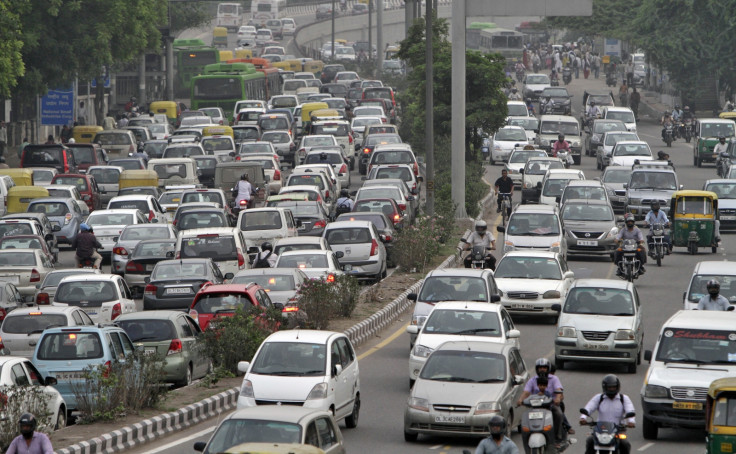World's most polluted city Delhi now shows dangerous levels of ultra-fine particles

The latest evidence against diesel vehicles as the cause of dangerous levels of pollution in India's capital Delhi should seal the case against the city's old and polluting fleet.
The most polluted city in the world recently turned fresh proof in a survey showing dangerous levels of very fine particulate matter in cleaner locations.
Much smaller than the PM2.5 particles, the PM1 particulates refer to those particles smaller than a micrometre in size which can easily penetrate very deep into the lungs or enter the blood stream, damaging the inner walls of arteries and causing cardiovascular problems.
Research is also suggesting their role in causing strokes.
Diesel vehicles are the primary source of the particles.
No specific safe standards have been set for PM1. The WHO standards for PM2.5 recommend no more than 25mg/m3 within the 24-hour period and 10mg in the annual period of time.
According to monitoring agency Safar, PM1 levels in Delhi on certain days had peaked to 70mg/m3, higher than even the national safe standard for PM2.5, which is 60mg/m3.
There are people who are extremely sensitive to even very low levels, say scientists at System of Air Quality Forecasting and Research (Safar) and scientists from Indian Institute of Tropical Meteorology (IITM).
"On most days, the proportion of PM1 is about 35% of the PM2.5 emissions but on Thursday it was more than 50% of PM2.5 emissions. This shows that people are breathing in ultrafine particles that have serious health impacts," Gufran Beig, project director, Safar told the Times of India.
The major contributor to PM1 is from the transport sector, particularly diesel vehicles, said Beig pointing to studies in the UK that found 90% of diesel emissions to be PM1 particles.
A Chinese study conducted in Hong Kong by the School of Human Settlements and Civil Engineering, Xi'an Jiaotong University found vehicle exhaust was the largest contributor to PM1 (38%).
Pollution studies
A University of British Columbia study had shown that Delhi's air beats Beijing in its toxic content after using hourly results from the pollution monitoring stations in the two cities.
Levels of PM 2.5 were above the "hazardous" level 17% of the time, or nearly one day in five, which in the US definition is equivalent to "everyone may experience serious health effects".
Unlike Beijing which has enforced tough measures like restricting vehicles on the roads, retrofitting heavy-duty diesel vehicles to reduce emissions, and closing down polluting industries, Delhi has been reluctant even to act after the green tribunal ordered a ban on old diesel vehicles.
Relying on a questionable IIT-Delhi study which found that the diesel fleet contributes a mere 1% of PM2.5 pollution, the government demanded they be allowed to ply.
But now, in an indication of acting on the pollution, the AAP government in Delhi has proposed congestion fees of Rs 100 to Rs 1,500 on diesel goods vehicles in the form of a tax. More than 50,000 heavy vehicles enter the city every day.
Ambient (outdoor air pollution) in both cities and rural areas led to around 3.7 million premature deaths worldwide per year in 2012 according to WHO.
© Copyright IBTimes 2025. All rights reserved.





















